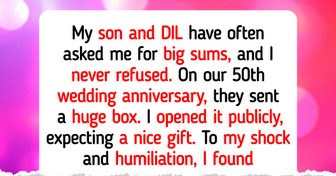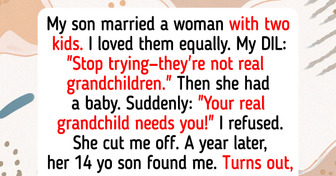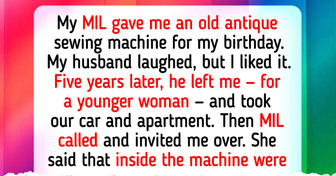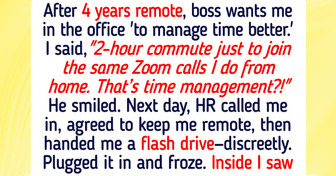12 Simple Hacks That Could Actually Save Your Life One Day

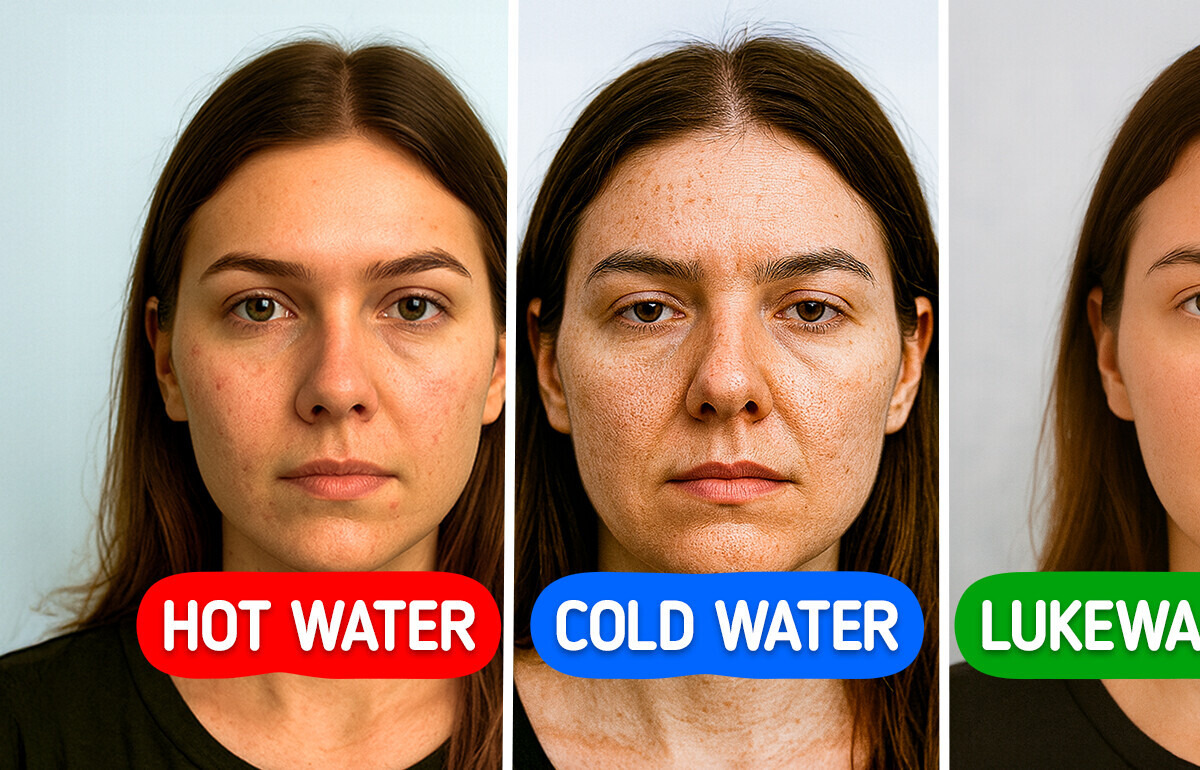
Content is provided for informational purposes only and is not intended as a substitute for medical advice. Seek guidance from your doctor regarding your health and medical conditions.
Cleansing is crucial, but more isn’t always better. Washing more than twice a day can strip away natural oils, leading to dryness and overproduction of sebum (hello, breakouts!).
On the other hand, skipping cleansing means dirt, sweat, and pollutants stay on your skin, clogging pores and dulling your complexion. Dermatologists recommend washing twice a day (morning and night) plus after heavy sweating.
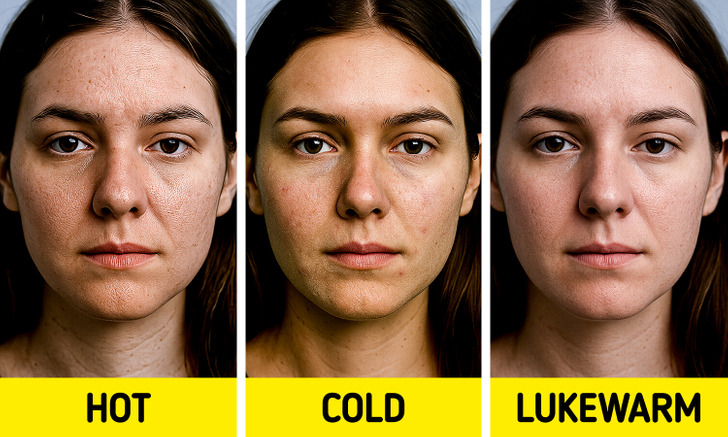
Extreme water temperatures can shock your skin. Hot water strips away protective oils and damages the skin barrier, while ice-cold water doesn’t dissolve oils and dirt effectively. The sweet spot? Lukewarm water; warm enough to dissolve impurities but gentle enough to protect your skin.
That quick rub with a towel might feel refreshing, but it’s terrible for your skin. Rubbing can cause microtears and irritation, especially if your skin is sensitive. Instead, gently pat your face dry with a clean, soft towel. And never reuse a towel too many times, as bacteria can build up quickly.
Simply splashing cleanser on and rinsing isn’t enough. Many people apply cleanser too quickly or don’t massage it into the skin. Spend at least 20–30 seconds gently massaging the product in circular motions, letting the ingredients break down oil, makeup, and dirt.
And remember: always apply cleanser with clean hands.
Exfoliation removes dead cells and reveals fresh skin. But too much can backfire. Overdoing it weakens your skin barrier, causing redness, peeling, and sensitivity. Limit exfoliation to 1–3 times per week, depending on your skin type, and choose gentle exfoliants over harsh scrubs.
Not all cleansers are created equal. Using one that’s too harsh can strip your skin, while one that’s too rich might clog pores.
If you have oily skin, look for foaming or gel cleansers. For dry or sensitive skin, choose cream or hydrating formulas. Knowing your skin type is half the battle.
It might feel like they give you a deeper clean, but washcloths can be too abrasive and harbor bacteria if not washed frequently. They can cause irritation, breakouts, and even microtears. If you love using them, opt for super-soft microfiber cloths and wash them after every use.
One of the worst things you can do is leave your skin bare after washing. Cleansing removes not only dirt but also moisture, and if you don’t lock it back in quickly, your skin will dehydrate. Apply moisturizer within 60 seconds of cleansing to trap hydration and strengthen your skin barrier.
If you wear makeup, sunscreen, or live in a city with pollution, washing your face just once might not be enough. Skipping the double-cleansing method (starting with an oil-based cleanser to dissolve makeup and sunscreen, followed by a gentle water-based one to remove dirt and impurities) can leave residue behind and clog your pores.
This leftover buildup can lead to breakouts and dullness over time. Double cleansing ensures your skin is truly clean and ready to absorb the rest of your skincare products.
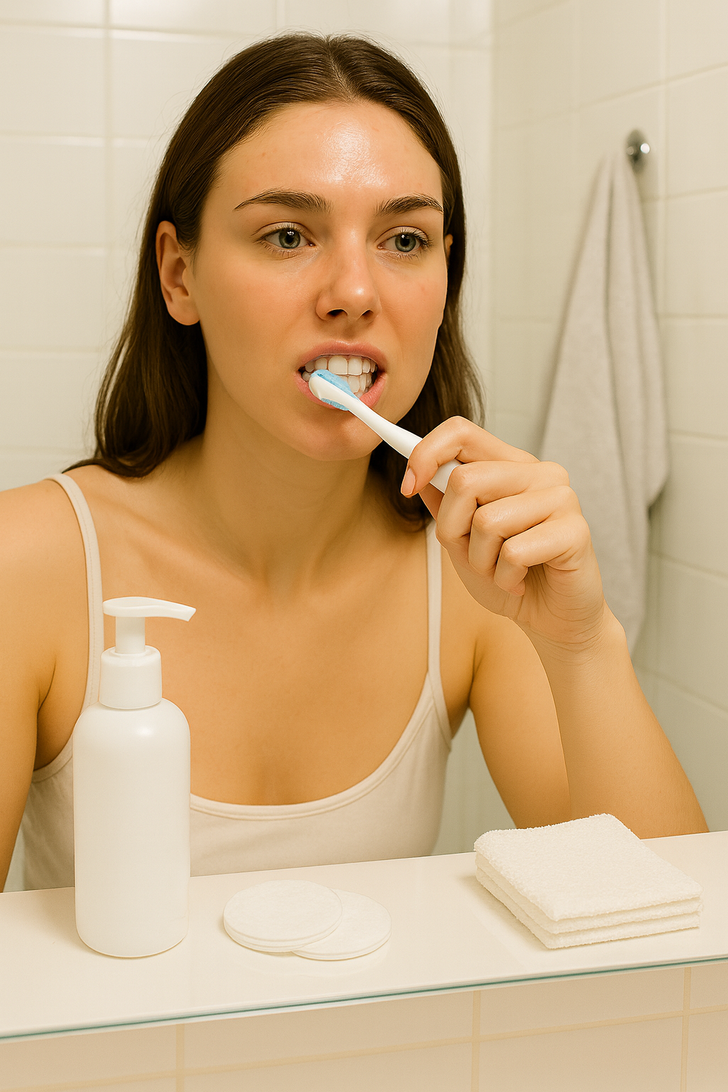
This one surprises many people. Brushing after cleansing means toothpaste residue can splash onto your freshly washed skin, causing dryness or irritation, especially if it contains whitening agents. Dermatologists suggest brushing first, then washing your face to avoid unwanted reactions.
If you’re guilty of some of these habits, don’t worry! Most are easy to fix, and your skin will thank you for it. And if you’re curious about how other people’s daily routines affect their skin, check out another one of our articles full of surprising stories and expert-backed tips. It might change the way you care for your face forever.

